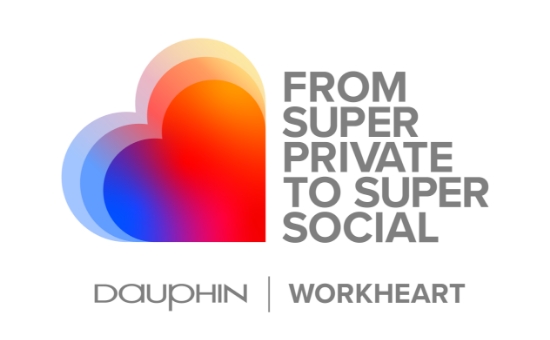
Ya sea teletrabajando, de vuelta a la oficina o el nuevo trabajo: estas ideas nos acompañan desde ya hace tiempo. Sin embargo, ¿qué concepto nos hará avanzar hacia el futuro? O, mejor dicho: Work next?
Con la agencia de innovación Darkhorse, hemos desarrollado un enfoque para el mundo laboral de hoy, mañana y más allá que tenga en cuenta, por igual, las expectativas y necesidades de las empresas y plantillas, y que ofrezca perspectivas a medida para una cultura laboral de éxito.
En el centro está la oficina: así mismo, lo has oído bien. Estamos convencidos de que el trabajo híbrido ha llegado para quedarse. Pero, por eso, creemos que el despacho del futuro como centro físico de la empresa será más necesario que nunca.
Dauphin Workheart equilibra la productividad y eficiencia (= Work) con la emocionalidad, autenticidad y pasión (= Heart).
Más sobre el New Work y Dauphin Workheart.
Ready to work next?
A la gente le gusta ir a la oficina para trabajar sola concentrada, y también en equipo para interactuar de manera espontánea y experimentar la cultura empresarial.
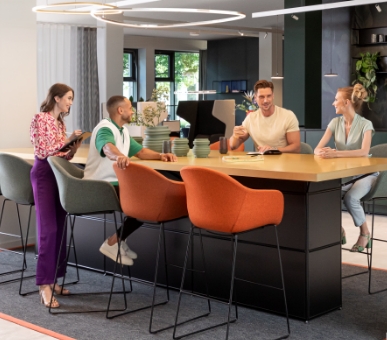
El empleador quiere ser atractivo para captar a nuevos empleados y también para fidelizarlos a largo plazo. Busca el aumento del potencial de innovación y creatividad como clara ventaja comparativa.
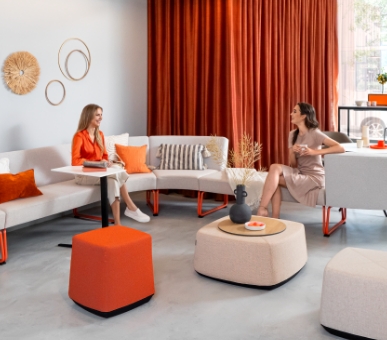
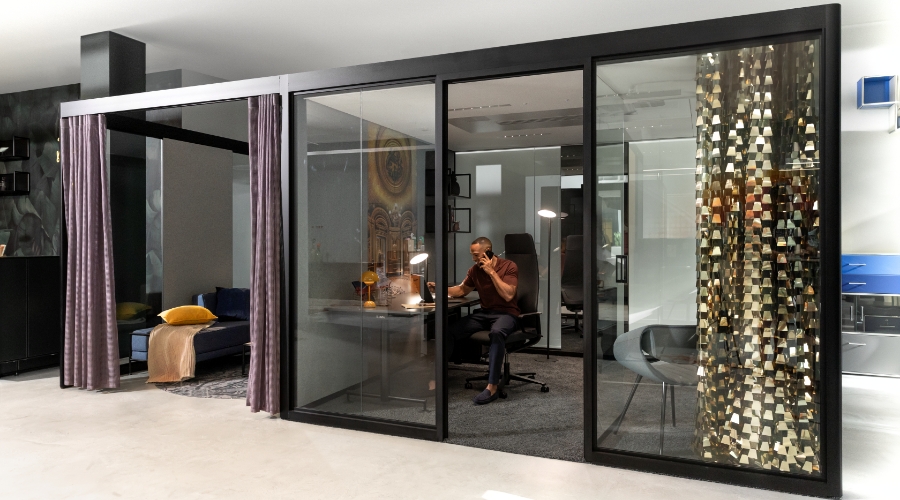
Trabajar concentrado, así como relajarse, en el Bosse cube 4.0 que se puede reservar. El aislamiento acústico y visual está garantizado.
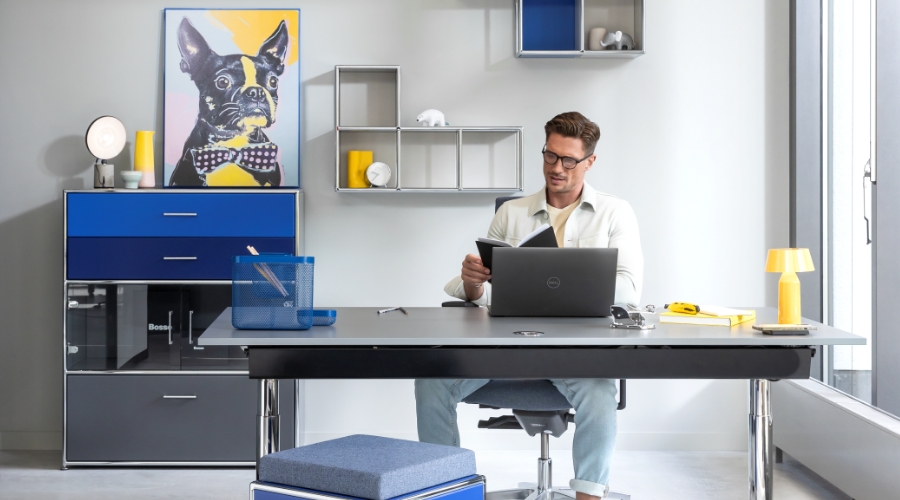
Un espacio de trabajo personal fijo para trabajar en paz y concentrado. Con trayectos cortos hasta la base del equipo para la interacción creativa.
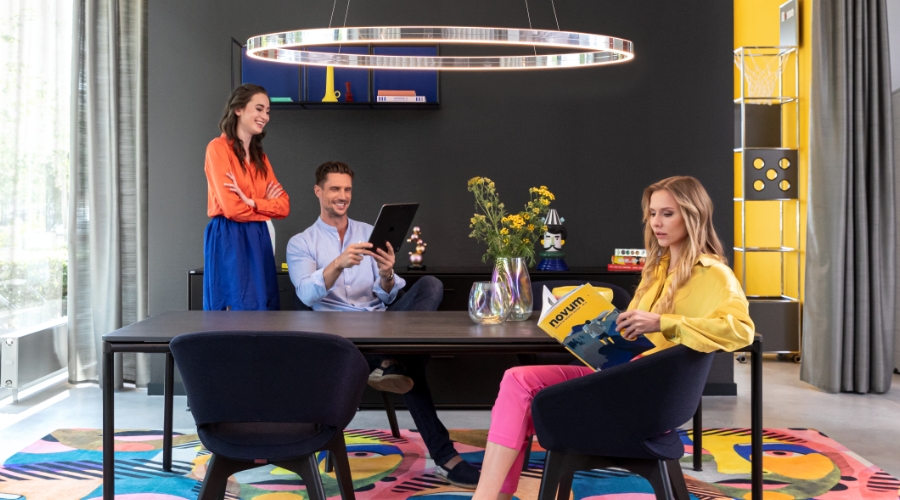
Un acogedor espacio sensorial con privacidad para reuniones, así como para comer, beber y relajarse. Para sentir la cultura corporativa.
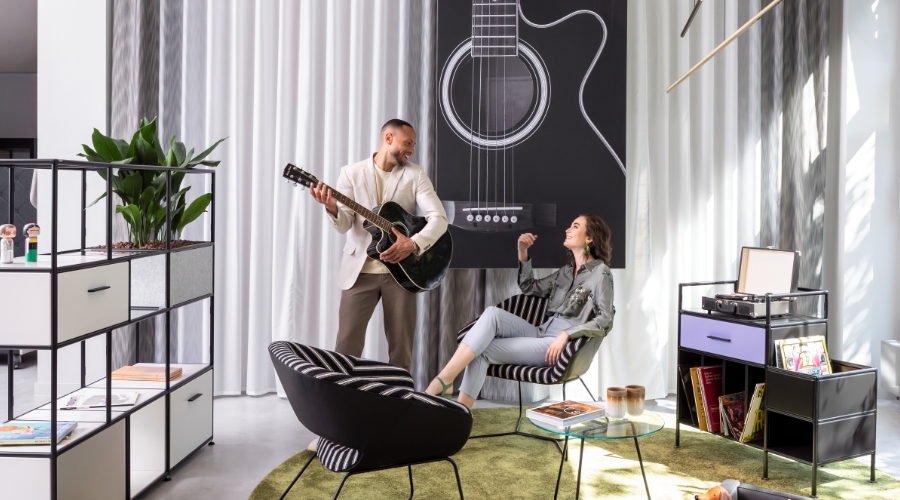
Un retiro agradable para una pausa creativa o para una jam session espontánea.
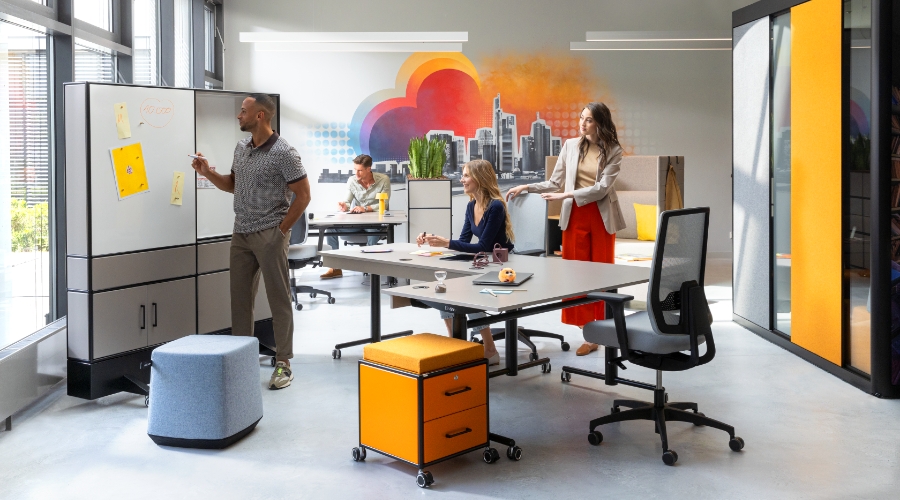
La base del equipo es el puerto de amarre del equipo. Flexible y adaptable, según el tamaño del equipo.
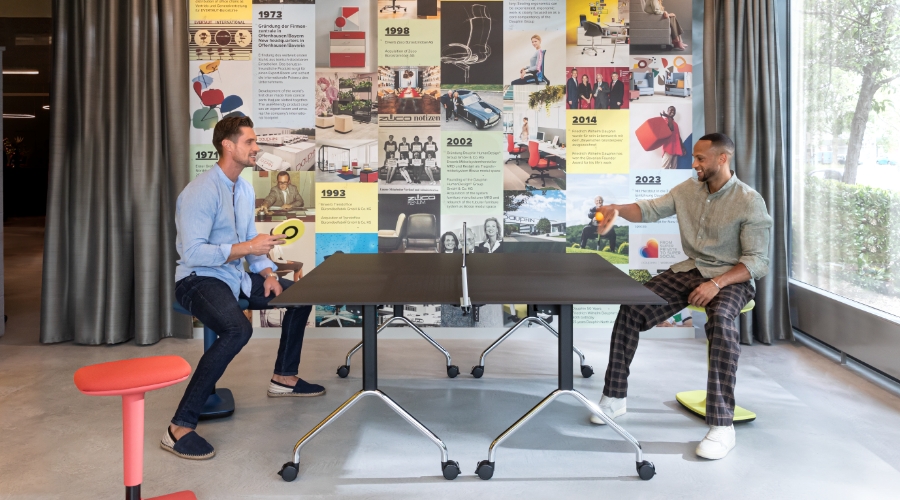
Espacio experimental y divertido para brainstorming creativo y talleres. Máxima flexibilidad y disponible para todos los equipos.
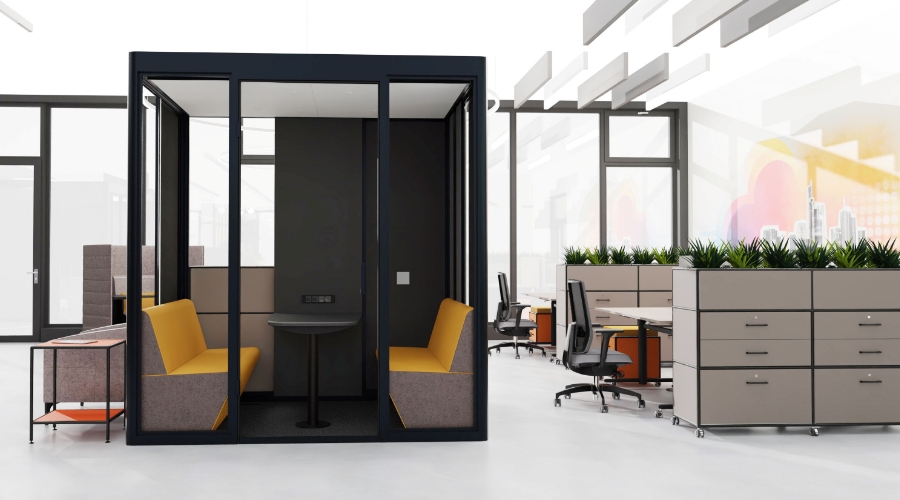
El Bosse dialogue cube se puede reservar para videollamadas, charlas confidenciales o reuniones breves. Así no se molesta a los colegas del Team Base.
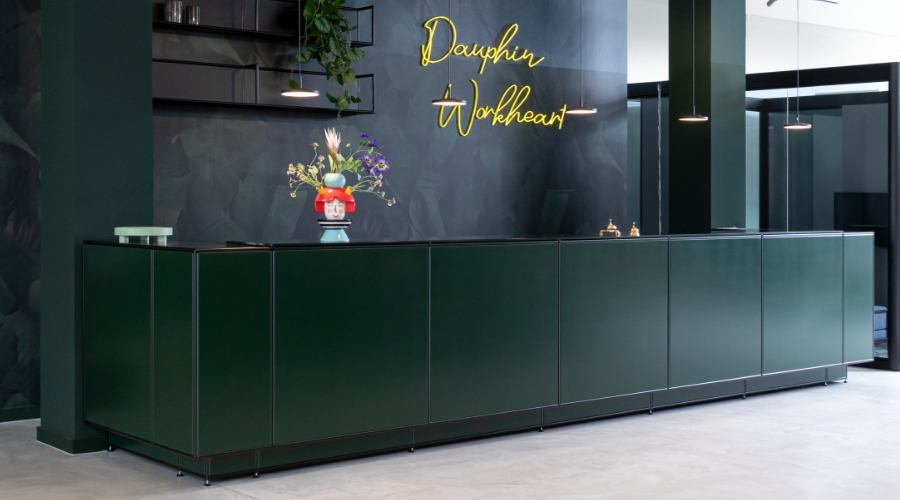
El lugar para una bienvenida cordial y un café en el mostrador. Ambiente de bar y agradable hospitalidad.
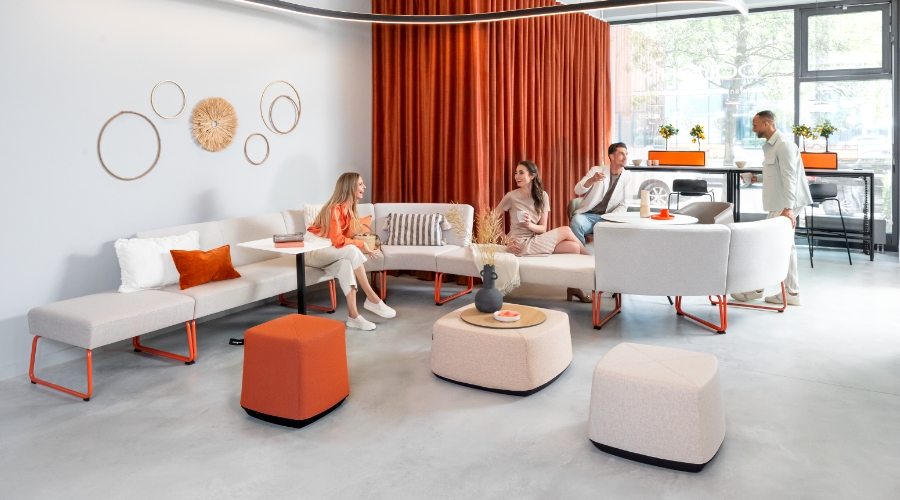
Un popular y querido punto de encuentro para la interacción espontánea, reuniones cortas o simplemente relajarse y tomar un café. ¡Aquí todo el mundo es bienvenido!
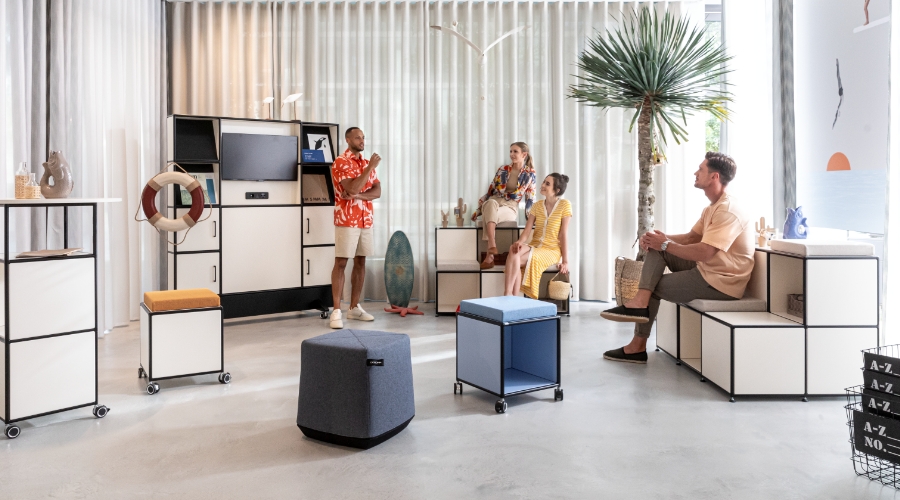
Un área experiencial para la escucha y el aprendizaje. Con mobiliario flexible y ágil para seminarios, talleres o presentaciones.
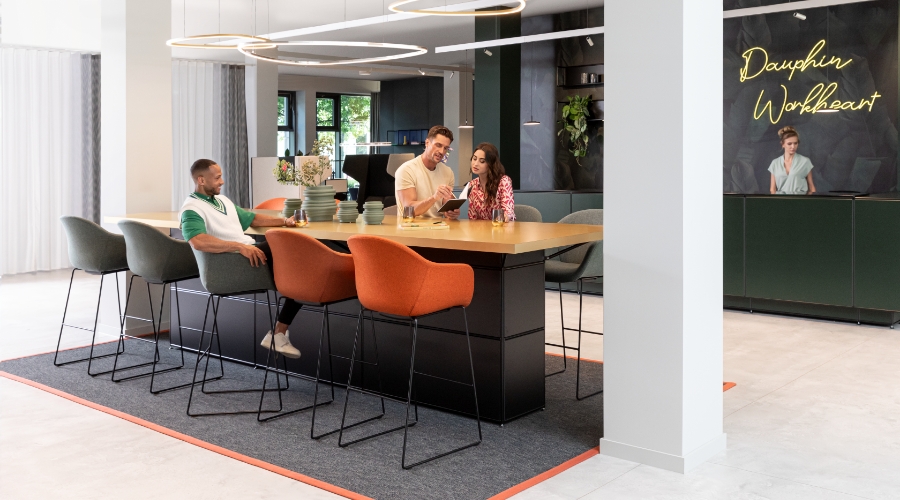
El Heart Bar es el corazón de la empresa. El lugar donde la plantilla se trata de igual a igual y se percibe el sentimiento de comunidad.
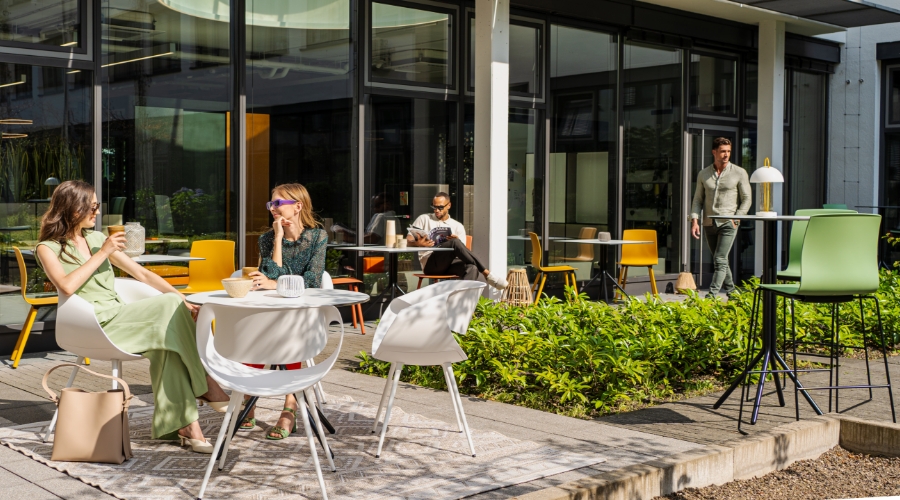
El lugar de trabajo al aire libre para la interacción informal y espontánea, reuniones cortas o simplemente relajarse y tomar un helado o café.
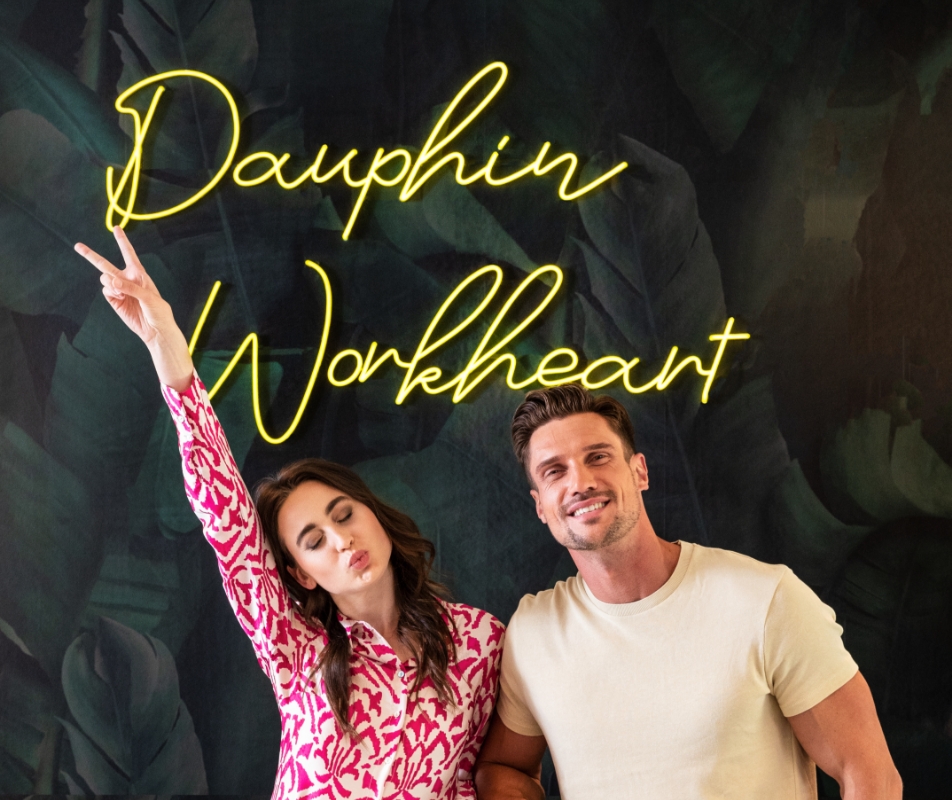
En más de 450 m², le inspiraremos con espacios extraordinarios y detalles llenos de estilo. Los productos de exclusivos socios colaboradores completan el concepto global.
| Dauphin Workheart Space Frankfurt Strahlenbergerstraße 110 63067 Offenbach | Se pueden concertar citas vía dhdc.frankfurt@dauphin.de o +49 69 98558288-650 |
Delve into the world of new work and read our FAQs to learn about the latest trends and gain a deeper understanding of the constantly changing world of work.
Our list of FAQs is regularly updated and expanded. If you have a specific question that is not answered here, feel free to contact us.